How EVs Don’t Save You Money
By eric
May 19, 2022
 ](https://www.ericpetersautos.com/wp-content/uploads/2022/05/EV-loss.jpg)
](https://www.ericpetersautos.com/wp-content/uploads/2022/05/EV-loss.jpg)
The headline probably has you thinking about the high cost of the EV – so high that whatever you “save” by not buying gas ends up costing you a great deal. But that is only one of the ways EVs don’t save you money.
Another one is tires.
EV tires wear out faster because EVs are much heavier than other cars – because EVs are weighed down by 1,000-plus pounds of batteries. For example, a Tesla Model 3 – which is a compact-sized car about the same size as a Honda Civic – weighs close to 3,900 pounds (two tons) empty. The Civic weighs just shy of 2,900 pounds – a difference of . . . 1,000 pounds.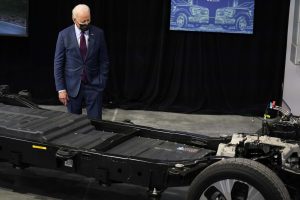
That weight weighs down on the tires, which must absorb the load – which increases when the car goes around a curve or runs over a pothole. There is also the increased friction that comes from stopping that load, once set in motion. EV touters like to tout the fact – which is one – that EV brakes last longer because the EV uses regenerative braking to partially slow the car, rather than brake pads. Basically, the electric motors that propel the car are used to slow it – and convert inertia back to electricity, to help top off the batteries.
But the tires are still scrubbing against the asphalt.
Driving – and braking – a Tesla 3 is like driving (and braking) a Civic with my old Pontiac Trans-Am’s fully dressed (and cast iron) 455 V8 plus its transmission loaded into the trunk – and back seats.
EV tires are also expensive – in and of themselves. A Tesla Model 3, for instance, is shod with 18×8.5 inch wheels shod with P235/45/18 tires – and these are the standard tires. The optional 20 inch wheels are shod with P235/35/20 tires. Either of these are short-sidewall tires meant to emphasize performance, including sharp steering feel. Which they do. They also do not last very long – because they’re not meant to – and they aren’t inexpensive to replace. A quick look at Tire Rack bears this out. Replacement tires for a Tesla 3 range around $300-$370 per tire.
That works out to about $1,200 for tires – probably once every 25,000 miles or so. At that rate, you’ll be spending about $5k on tires over 100,000 miles – assuming the Biden Thing doesn’t cause that cost to increase to $10k, via further devaluation of the currency.
A Civic comes standard with 16-inch (steel) wheels that mount ordinary all-season tires you can buy for around $100 each that are usually good for 40,000 miles.
That’s how you save money.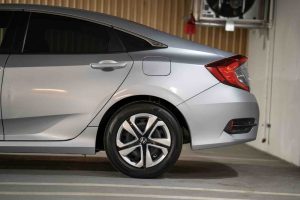
Also by buying the Civic, itself – which stickers for $22,550 or less than half the price of a new Model 3 ($44,990) and that’s for the base model with the crappy battery that provides about half the range that the Civic comes standard with. There is also the matter of the time you’ll save – by not wasting it at a charging station, including the “fast” ones – put in air-fingers quotation marks to highlight the etymological abuse of styling a 30-45 minute wait as “fast,” especially relative to the less than five minutes it takes to fuel up a non-electric car.
But – wait! – if I buy an electric car, I will save money on oil and filter changes! Certainly. In the manner of “saving” on utility bills via the purchase of a $500,000 house with triple-pane Andersen casement windows in place of a $250,000 house with double-pane standard-type windows.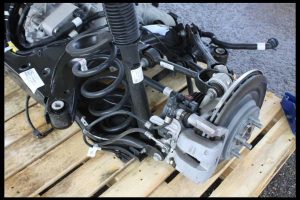
Also, you will be spending money on other things related to the weight of the electric car, such as suspension components apt to need repair/replacement sooner because of the load they’re under. Electric trucks may be different – being trucks – and being fitted with heavy-duty truck suspension components such as coil and leaf springs, things which haven’t been installed in cars in years – even decades. The Tesla 3 has an adaptive (air-adjustable) front suspension with coil-over/twin-tube shocks suspension and a multi-link rear suspension, also with twin-tube shocks – similar to the suspensions found underneath other high-performance luxury-sport sedans. Plus the additional 1,000-plus pounds weighing down on it.
These suspensions are designed primarily for sporty handling attributes, not low-cost or longevity. The likelihood is that components will need to be replaced sooner – and it is a certainty the cost will be higher. Ask the man who owns a Mercedes – or a Lexus.
You will not be saving money, regardless.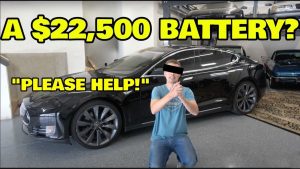
Then there is the biggest maintenance cost of all – the battery pack. Which will cost you more, because it’s so huge – in order to move the EV at highway speeds for any significant distance. This, in turn, results in it being so heavy – which increases the amount of power needed to move it plus the car it’s installed in, reducing efficiency.
You do get the power – and the acceleration – but it costs you. Especially if you use either as doing so discharges the battery, rapidly – which means needing to recharge it more regularly. The “faster” you do that, the greater the load/stress imposed upon the battery, costing you battery life. And when the time comes to replace the battery, that’ll cost you more than it costs to replace a non-electric car’s transmission or engine – and maybe both, together.
Plus the oil and filter changes.
Buy an EV if it floats your boat. But don’t kid yourself that doing so is “saving” anything – including the Earth.
. . .


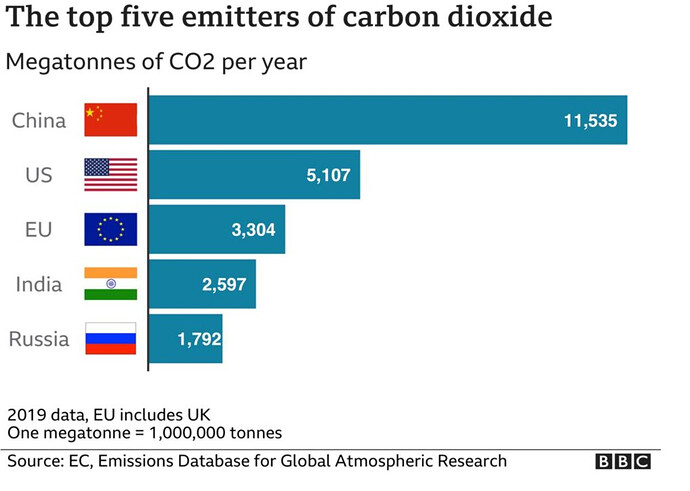







 ](
](



